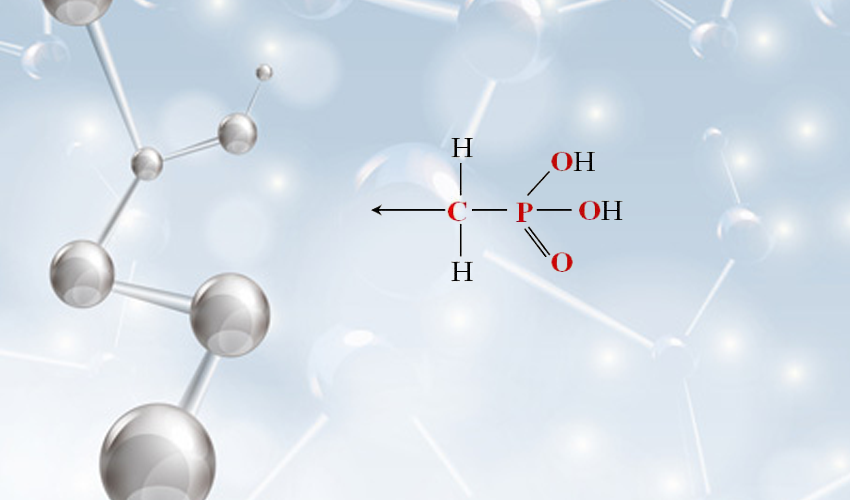coagulation flocculation
Coagulation and Flocculation Key Processes in Water Treatment
Coagulation and flocculation are essential processes in water treatment, playing a critical role in the removal of suspended particles, organic materials, and pathogens from water. These processes improve the clarity and quality of water, making it safe for consumption and use in various industries.
Understanding Coagulation
Coagulation is the first step in the purification process, where chemicals called coagulants are added to water. These coagulants, which can be inorganic salts like aluminum sulfate or iron salts, have a positive charge that neutralizes the negative charges on suspended particles in the water. When particles collide, they stick together, starting to form larger aggregates called flocs. The effectiveness of coagulation depends on several factors, including the type and dosage of the coagulant used, the pH of the water, and the temperature.
The Role of Flocculation
Following coagulation, the process of flocculation takes place. During flocculation, the water is gently stirred to facilitate the formation of larger floc particles. This step allows the small aggregates formed during coagulation to collide and bond, creating larger, denser flocs that are easier to remove from water. The duration and intensity of mixing are critical; too much agitation can break apart the flocs, while too little may not allow adequate coalescence.
The Importance of Floc Size
coagulation flocculation

The size of the flocs is paramount for effective removal. Flocs that are too small may remain suspended in water, while those that are too large can settle too quickly and may not capture smaller particles. Ideally, operators adjust the mixing conditions to produce flocs that are optimized for sedimentation or filtration in subsequent treatment steps.
Sedimentation and Filtration
Once the flocculation process is complete, the next step is sedimentation, where the larger flocs settle to the bottom of treatment tanks, forming a sludge that can be removed. The clarified water, now free from most suspended solids, can then be further treated through processes like filtration or disinfection. Filtration can involve various methods, including sand filters or membrane technology, to remove any remaining particulates and ensure the water meets safety standards.
Chemicals Used
Various chemicals can be used in coagulation and flocculation, depending on the specific characteristics of the water. In addition to traditional coagulants like alum, synthetic polymers and natural coagulants derived from plants have gained attention due to their effectiveness and lower environmental impact. The choice of coagulant not only affects the efficiency of particle removal but also can influence the taste and chemical composition of the treated water.
Conclusion
Coagulation and flocculation are indispensable in water treatment processes, impacting both the quality of drinking water and the efficiency of various industrial applications. Continuous advancements in chemical formulations and process optimization are crucial in enhancing these processes, ensuring that water remains safe and accessible for all. As global water challenges persist, robust coagulation-flocculation techniques will remain at the forefront of water treatment strategies, catering to the growing need for clean water in an increasingly populated world.
-
lk-319-special-scale-and-corrosion-inhibitor-for-steel-plants-advanced-solutions-for-industrial-water-systemsNewsAug.22,2025
-
flocculant-water-treatment-essential-chemical-solutions-for-purification-processesNewsAug.22,2025
-
isothiazolinones-versatile-microbial-control-agents-for-industrial-and-consumer-applicationsNewsAug.22,2025
-
scale-inhibitor-key-solutions-for-water-system-scale-preventionNewsAug.22,2025
-
organophosphonates-versatile-scale-inhibitors-for-industrial-water-systemsNewsAug.22,2025
-
scale-and-corrosion-inhibitor-essential-chemical-solutions-for-water-system-maintenanceNewsAug.22,2025





